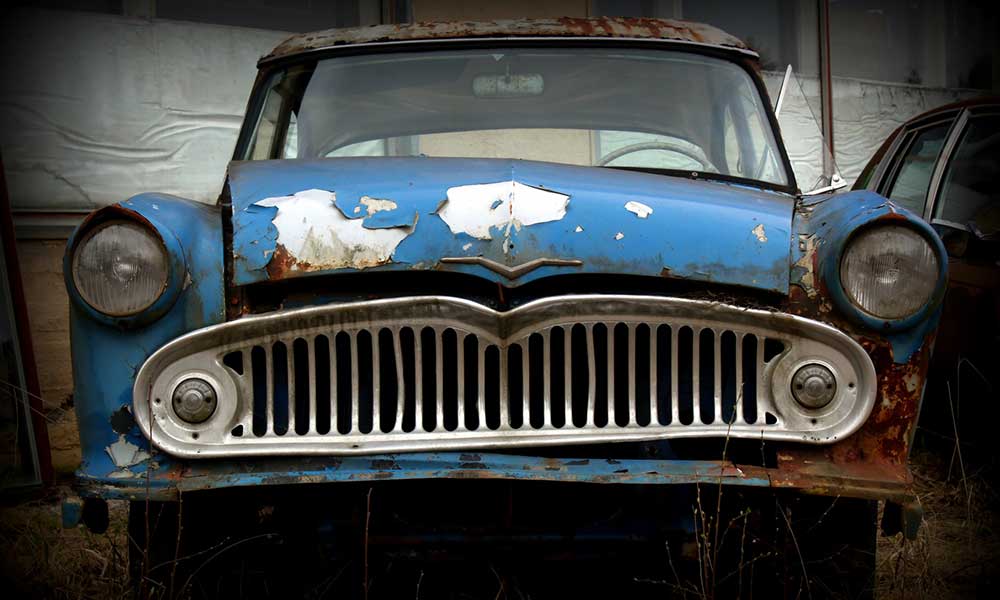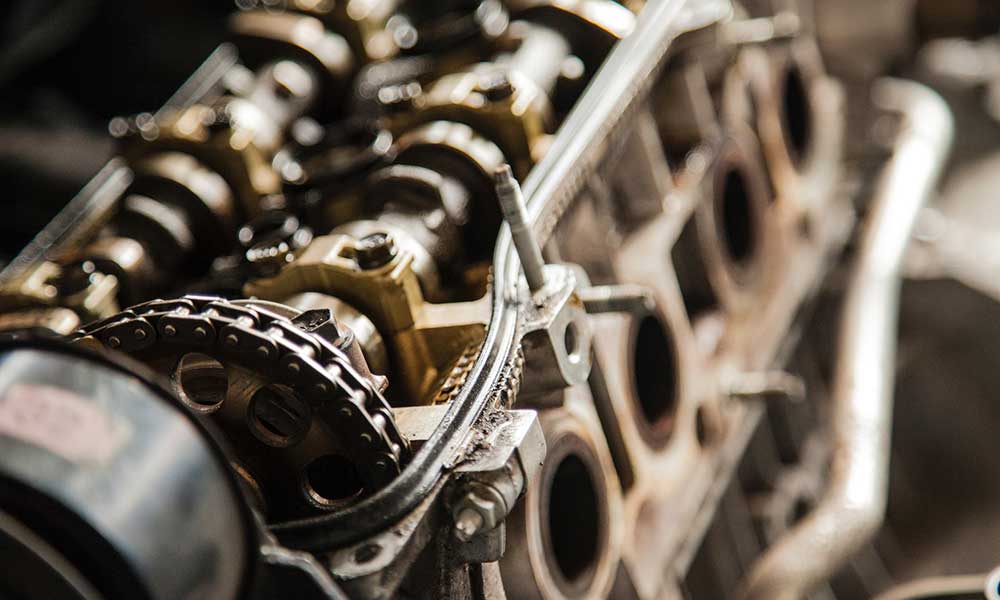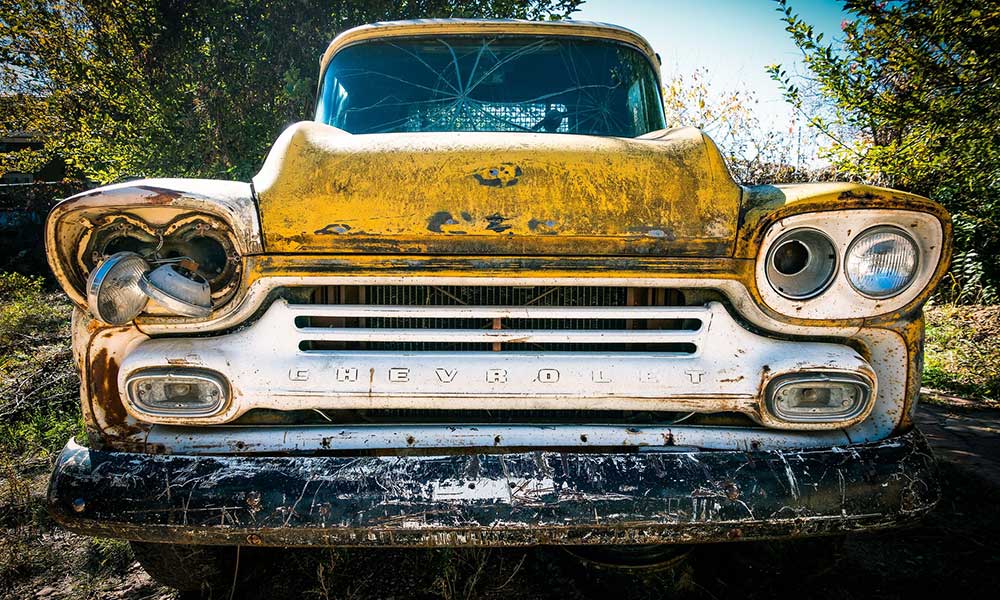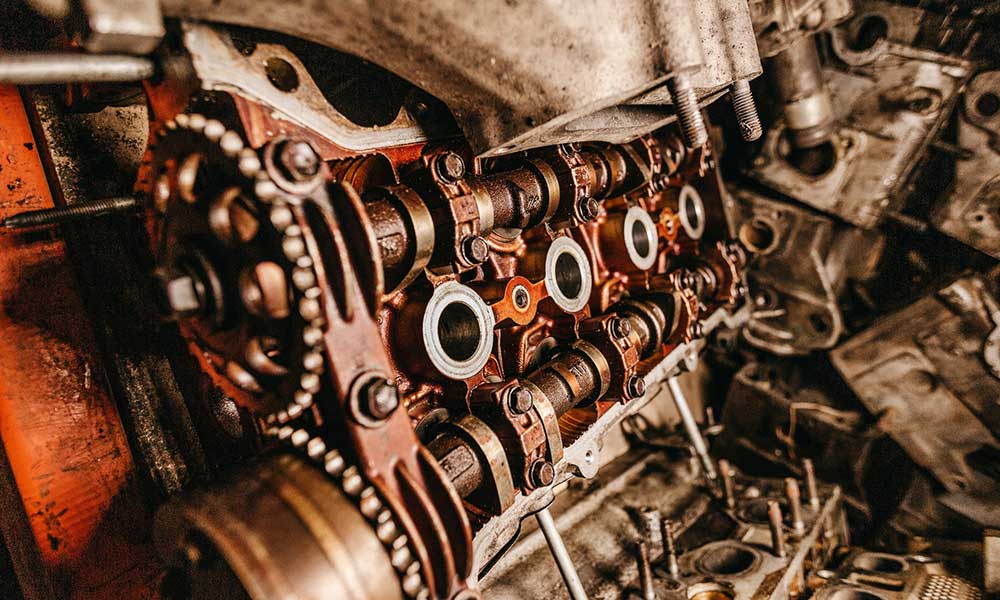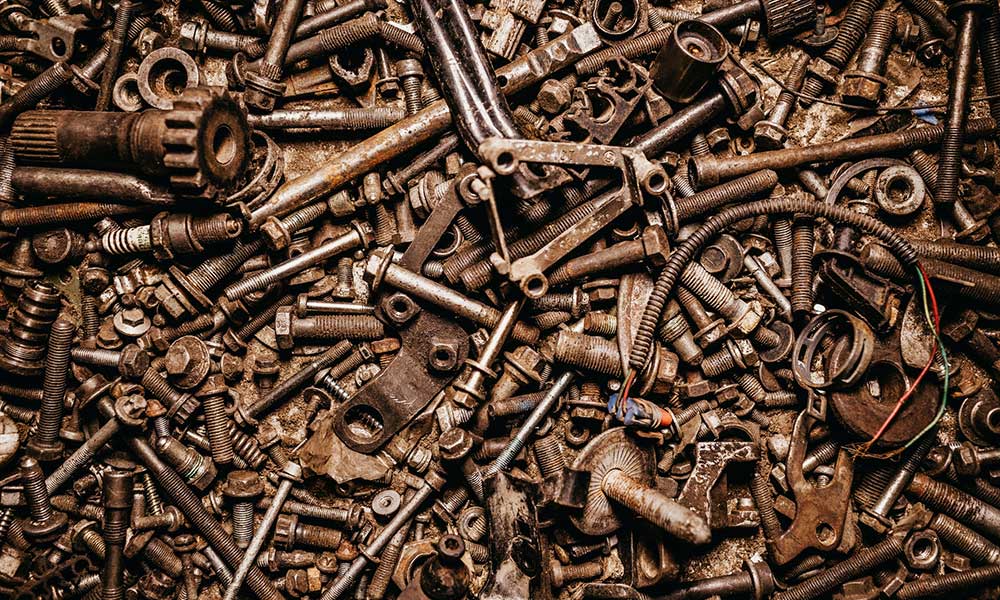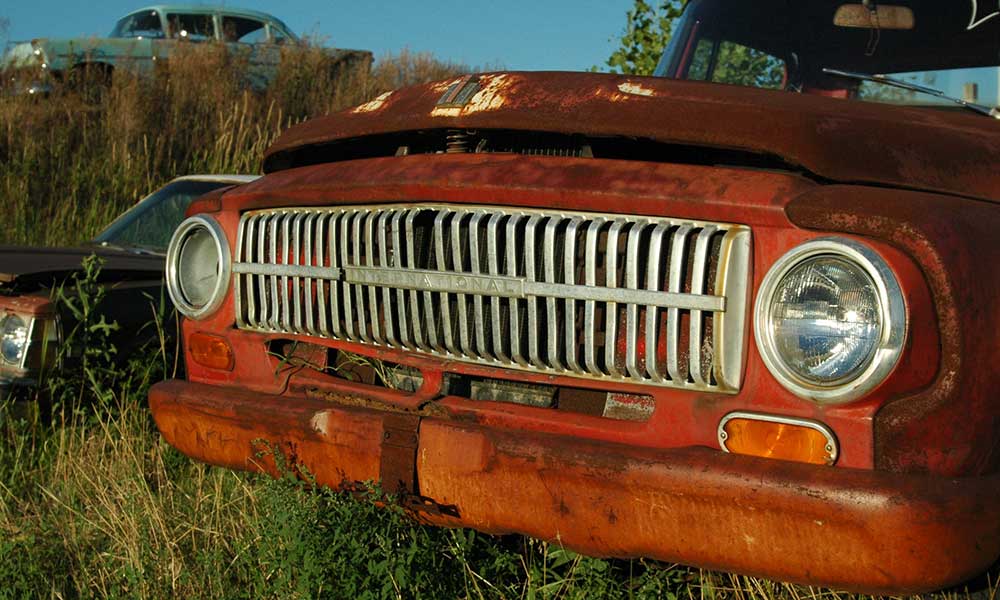Congratulations, you’ve sold your car! You’ll have a bit of paperwork to do, but you’ve got money in hand and you’re ready to buy a new car! But wait, there’s one thing you may not have thought of.
Do you know what you should do with license plates after selling your car in California? California is different from many other states. Here’s what to do with your tags once you’ve sold your car.
Do I Keep my License Plate After Selling My Car?
You may be asking yourself, “Do I have to turn in my license plates after I sell my car?” It’s a good question. Let’s get into it.
In many states in the United States, you’ll turn in your tags after selling your car. You may be issued a refund if your license plate and registration are less than one year old.
In California, however, the process is slightly different. If you’re selling a car in California, the tags will stay with the vehicle. The state issues sequentially numbered plates to vehicles, and upon sale that license plate will transfer to the new owner.
The exception to this is if you have a personalized plate. If this is the case, you may remove the plate and apply with the DMV to transfer it to a new vehicle. Those plates belong to you; the new vehicle owner will be issued their own plate at the DMV.
Can I Still Use My Personalized Plate?
When you purchase a personalized license plate in California, a portion of the money you pay will benefit the charity you choose to support. You’ll still be required to update your registration every one to five years, depending upon your vehicle.
Once your vehicle is sold, however, that doesn’t mean you can’t still use that tag! Apply through the DMV to transfer the plate to your new vehicle.
Once you’ve purchased a new car, you typically have five to ten days to register that tag with the new car. Not planning to purchase a new car for a while? That’s okay. You can still retain the personalized plate.
An annual retention fee may apply, but there is currently no time limit. You can take as long as you need to purchase a new vehicle.
Summary: What do I do With My License Plates When I Sell my Car in California?
Selling a car in California is a bit different than you may be used to, if you’ve moved from another state.
In California, the tags on your vehicle follow the vehicle itself. In some ways, this makes the process simpler.
In others, it may require a bit of additional paperwork than you’re accustomed to. If you’re looking for additional information about what you need to do with your license plates after selling your car in California, be sure to check out our FAQs below.
How Can I Surrender Personalized Plates?
If you’ve purchased personalized plates but no longer want to use it, you do not typically have to surrender it to the DMV. You will, however, have to notify your local DMV office of your intent.
Will you retain your plate for future use?
Transfer it to another car? Let them know and they will advise you whether you can keep your plate as a “souvenir” or not.
How Much Does It Cost to Transfer My California Plate?
An in-state license plate currently costs $15 to transfer to a new owner. For out-of-state tags, the cost is currently $20. This may vary depending upon the age of your vehicle, unpaid tolls or fines, and the type of vehicle you’re selling.
Who Pays the Transfer Fee for My Title and License Plate?
The party who pays the transfer fee will be decided between you and the buyer of your car. Typically, however, the seller (you) will pay the transfer fee. Be sure to work this out with the buyer prior to transferring the title of your sold vehicle.
Do I Need Front and Back License Plates in California?
Yes, you are legally required to have both front plates and back plates in California.

